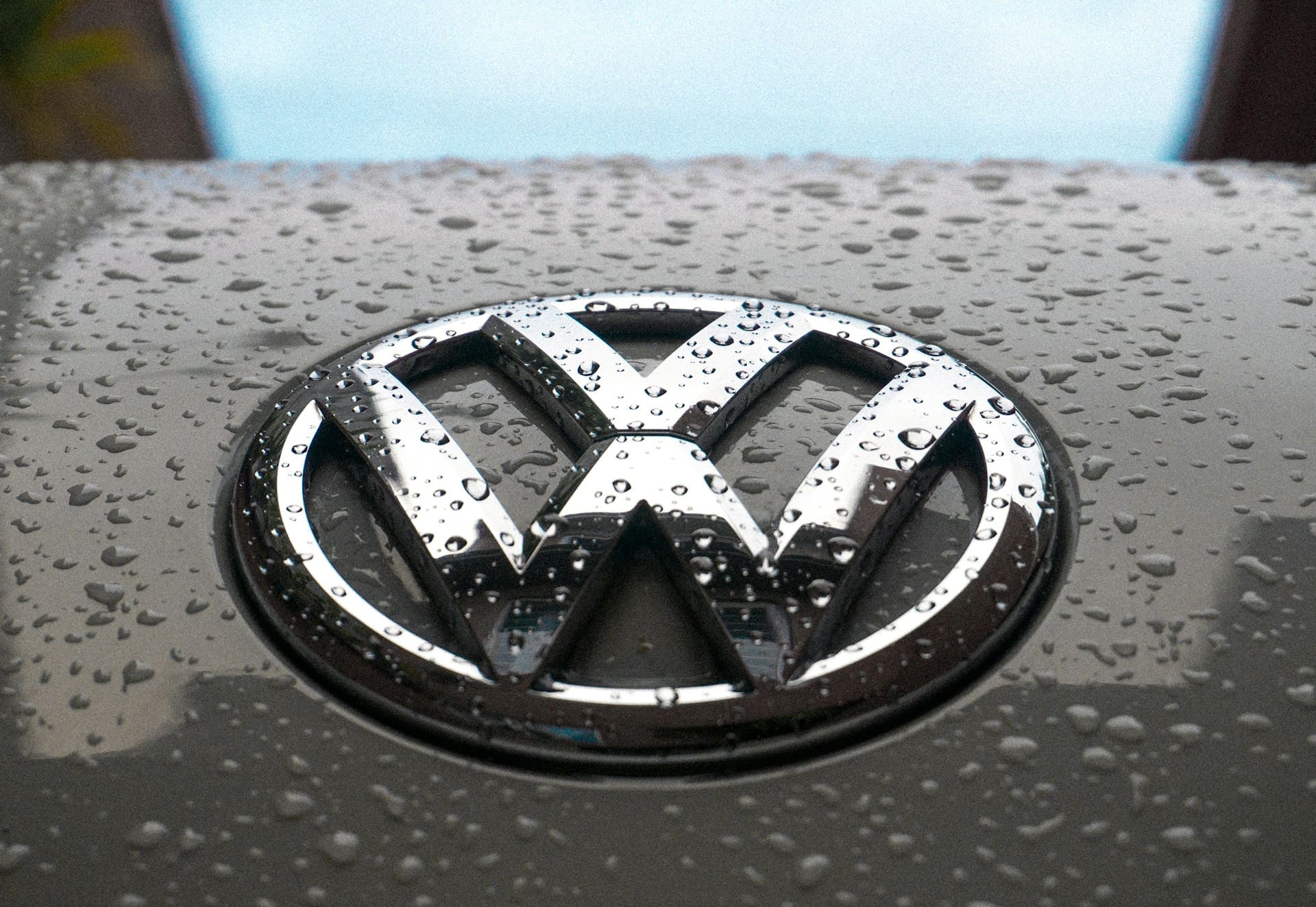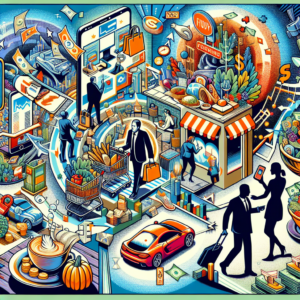Volkswagen has taken a bold step in the automotive world by introducing a business model that resembles digital platforms more than traditional industry practices. From now on, owners of the new ID.3 Pro and Pro S will have to “unlock” part of their vehicles’ power through a subscription system. While both cars are capable of reaching up to 228 horsepower, they only deliver 201 from the factory, and to access that extra 27 horsepower, the driver will need to pay $20 per month, $200 per year, or a one-time fee of $760.
This new subscription is not tied to the user, but is an inherent part of the vehicle. If an owner purchases the full package and later sells their car, the new owner can enjoy the additional power at no extra cost. Volkswagen argues that this approach offers more flexibility to the consumer, allowing them to decide on power throughout the car’s lifespan rather than at the time of purchase.
However, the measure has sparked considerable debate. Many drivers argue that the need to pay for a capability that already exists in the vehicle is hard to accept. This approach echoes previous attempts in the automotive industry, such as BMW’s proposal to charge for seat heating, an idea that was discontinued after receiving heavy criticism. Meanwhile, Tesla has opted for a model that sells software updates that unlock additional features, effectively transforming cars into digital service platforms.
Volkswagen’s innovation is framed within a broader context where electric automotive seeks new revenue streams due to tight margins in hardware. Over time, what is today a “power boost” could extend to aspects like range or safety improvements, allowing cars to function as a “smartphone on wheels,” with updates and enhancements on demand.
The acceptance of this model by drivers will be crucial. If users perceive it as a convenient and flexible option, it could succeed. However, if they view it as an artificial limitation and an attempt to excessively monetize the driving experience, criticism will continue to grow. For now, reactions are mostly negative; the feeling of paying for something that’s already present in the engine quickly raises questions about the future of the consumer-manufacturer relationship in an evolving automotive landscape.
Source: MiMub in Spanish











